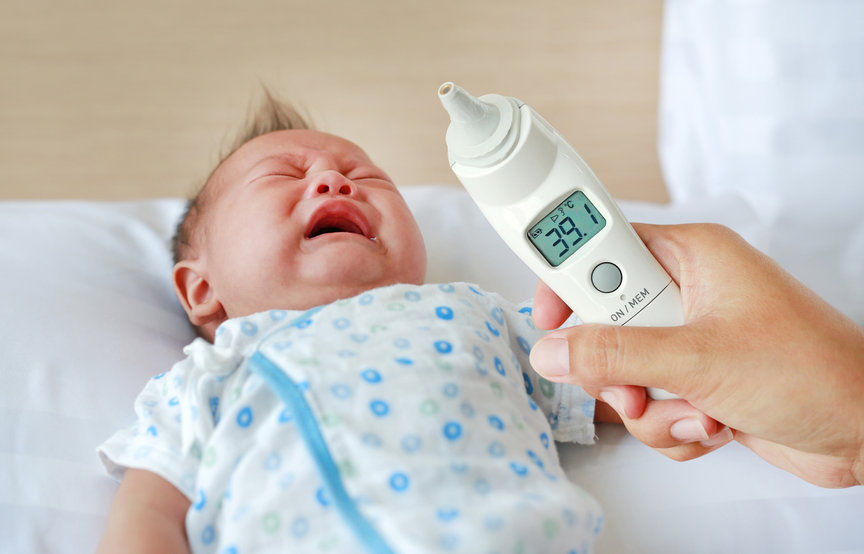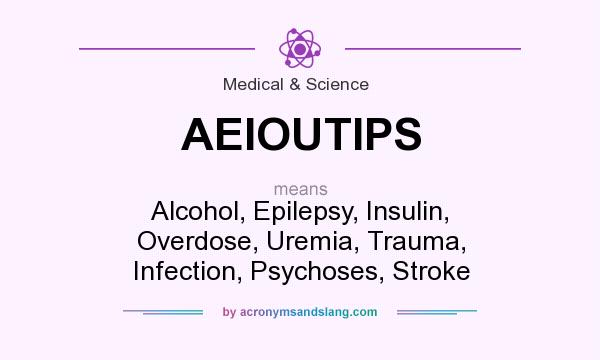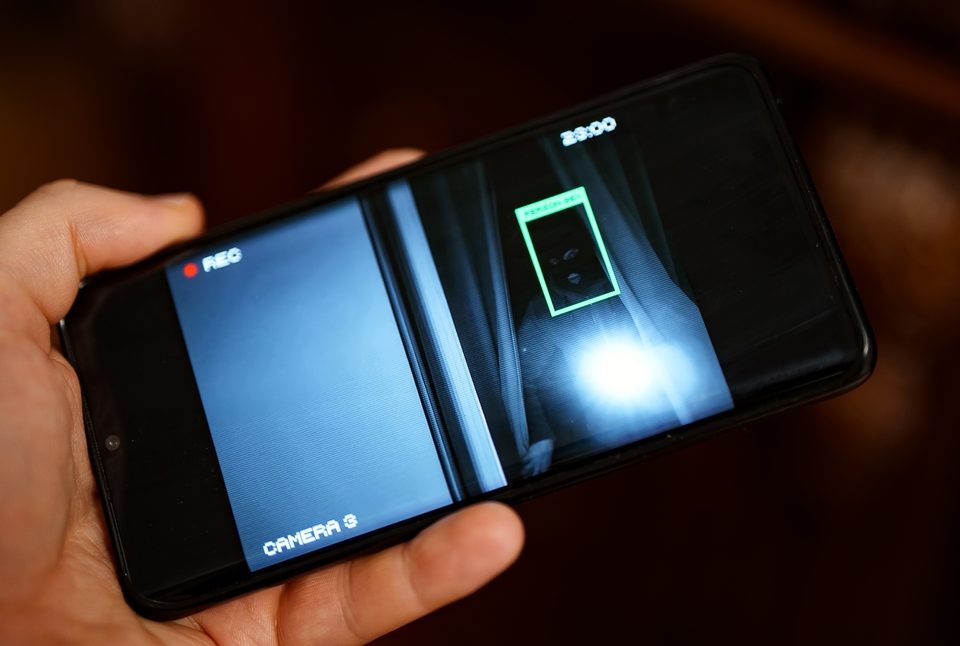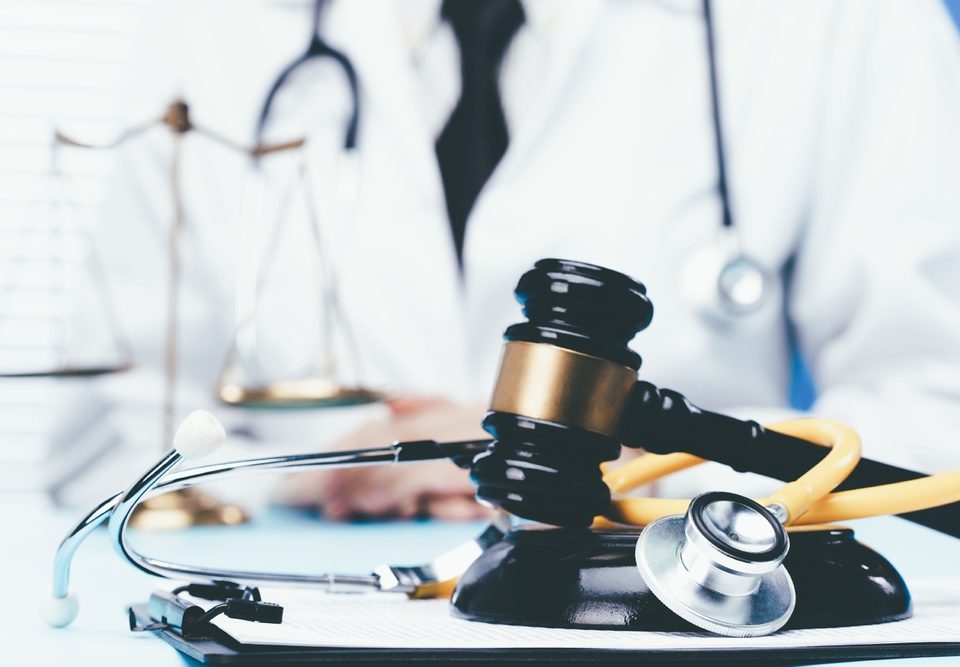
Febrile convulsions in children
23rd May 2022
5 causes of non-cardiac chest pain
16th June 2022If a patient presents with an altered mental state or lapses into unconsciousness in the emergency department, rapid assessment is vital. Whether there is a decreased conscious state, non-responsiveness to pain, delirium, hallucination, loss of eye contact, lethargy or complete loss of consciousness, a quick, effective diagnosis is paramount to ensure the patient has the best possible outcome.
Causes to rule out
While there are many ways to work through what to consider when assessing such a patient, one simple and useful way to remember what may need to be ruled out is the mnemonic AEIOU TIPS.
A – Alcohol or Acidosis
E – Endocrine, Epilepsy, Electrolytes or Encephalopathy
I – Infection
O – Opiates, Overdose
U – Uremia/Underdose
T – Trauma
I – Insulin
P – Poisoning or Psychosis
S – Stroke, Seizure or Syncope
Unaccompanied v Accompanied patients
If someone presents with the patient, it may be possible to get a patient history and details of any symptoms/trauma experienced by the patient before the loss of consciousness. Management of an unconscious patient can be particularly difficult if the patient has no one accompanying them to the emergency department.
Approach to diagnosis
The initial approach to an unconscious patient should follow the ABCDE structure – Airway, breathing, circulation, disability, exposure). Then, supportive treatment and care should be given without delay.
Once ABC has been completed, a full assessment of the patient’s level of consciousness should be documented in accordance with the Glasgow Coma Scale. Patients should receive a focused neurological examination, with notes made of any purposeful motor responses, including reflex movements or pulling on wires or IVs.
While assessment takes place, other staff members should establish IV access, take blood tests, and connect the patient to an oxygen saturation and cardiac monitor. Should oxygen therapy be required, this should be commenced as a matter of urgency. If there is any doubt over whether trauma is involved, cervical spine immobilisation should take place. If the GCS is 8 or lower, or the patient is unable to protect their airway/does not have an effective respiratory drive, intubation should be considered.
Diagnostic assessments for unconscious patients
In terms of diagnostic assessments, initial investigations should include:
- Full blood count and blood glucose (this should be completed even where capillary glucose is within range)
- Urea and electrolytes
- Bone and calcium profile
- Liver function
- Arterial blood gas (to include carbon monoxide concentration)
- Clotting screens
- Cultures for those with suspected sepsis should be taken prior to antibiotics where possible
- Other microbiological samples, based on assessment
- Toxicology – this should include blood alcohol, salicylate and paracetamol
- Electrocardiogram
- Chest X rays
Further test if the primary assessment is inconclusive
If the cause of unconsciousness is not initially obvious from primary assessment, brain imaging should be arranged urgently. CT, as an initial first choice of diagnostic imaging, could rule out or confirm stroke, lesions and intracranial bleeds. If the CT is unremarkable, MRI could be used for further imaging although this is often organised after the Patient has been admitted.
If no contraindication exists and there is no clear diagnosis, lumbar puncture should be considered, particularly where infection of the central nervous system could be suspected although this agina is normally done on the ward and not in the Emergency Department
Further to this, EEG (Electroencephalography) should be utilised if the patient is suspected to be suffered non-convulsive status epilepticus.




